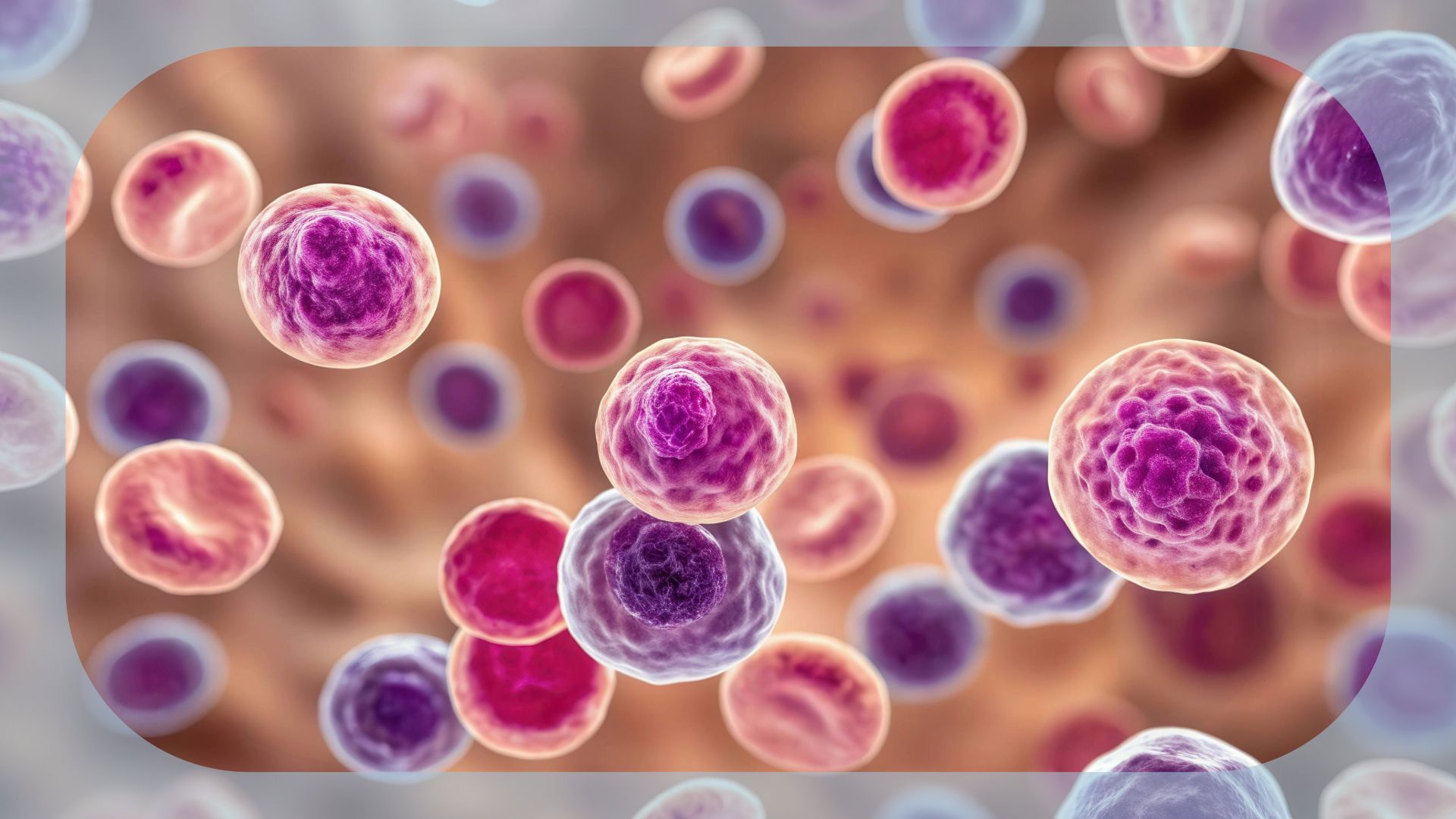R/R CLL/SLL | Image credit:
© Brighting Collection – stock.adobe.com
Treatment with the novel LYN/BTK dual inhibitor DZD8586 yielded antitumor activity with a manageable safety profile in heavily pretreated patients with relapsed/refractory chronic lymphocytic leukemia (CLL) or small lymphocytic lymphoma (SLL), according to pooled data from the phase 2 TAI-SHAN8 (NCT06539182) and phase 1 TAI-SHAN-5 (NCT05824585) trials.
Findings reported at the 2025 EHA Congress demonstrated that patients treated with DZD8586 at 50 mg once per day (n = 19) achieved an overall response rate (ORR) of 84.2%. Those treated at a dose of 75 mg once per day (n = 15) experienced an ORR of 68.8%. Between these 2 dose levels, 94.1% of patients experienced tumor shrinkage.
The 50-mg dose was selected as the recommended phase 3 dose. Regarding the safety of this dose level, no instances of major cardiac adverse effects (AEs), such as atrial fibrillation or QT prolongation, were reported. No patients experienced drug-related bleeding, and no treatment-emergent AEs (TEAEs) related to treatment led to death.
“Tumor response [was] observed irrespective of prior covalent/noncovalent BTK inhibitor, BTK degrader, or BCL-2 inhibitor treatment, and in patients with classic BTK resistance mutations [C481X] as well as other BTK mutations, including kinase-dead mutations,” lead study author Jianyong Li, MD, PhD, and colleagues wrote in a poster presentation of the data. Li is a professor and director of the Department of Hematology at First Affiliated Hospital of Nanjing Medical University at Jiangsu Province Hospital in China.
DZD8586 and Study Backgrounds
Through the dual inhibition of BTK and LYN, DZD8586 is intended to block BTK-dependent and -independent B-cell receptor signaling pathways and inhibit resistance mutations against BTK degraders. Additionally, the agent has displayed high selectivity against other members of the TEC gene family beyond BTK.
The phase 1 and 2 trials enrolled patients with previously treated CLL/SLL requiring additional therapy per 2018 International Working Group guidelines. At least 1 prior line of systemic therapy was required. Notably, prior treatment with noncovalent BTK inhibitors, BTK degraders, and BCL-2 inhibitors was allowed.
In the phase 2 TAI-SHAN8 trial, patients received DZD8586 at once-daily doses of 25 mg, 50 mg, or 75 mg. In the phase 2 TAI-SHAN5 study, the agent was given at once-daily doses ranging from 50 mg to 100 mg. TAI-SHAN5 also included patients with other relapsed/refractory B-cell malignancies.
The studies’ primary end point was ORR per investigator assessment. Secondary end points comprised progression-free survival (PFS), duration of response (DOR), safety, and pharmacokinetics.
In the pooled safety population (n = 51), the median age was 63 years (range, 34-84). The majority of patients were male (66.7%), Asian (92.2%), and had an ECOG performance status of 1 or higher (60.8%). Forty percent of patients harbored 17p deletions and/or TP53 mutations. BTK C481X mutations and other BTK mutations were reported in 35.7% and 19.0% of patients, respectively.
Patients received a median of 2 prior lines of therapy (range, 1-8). Prior treatments included any BTK inhibitor (74.5%), a covalent BTK inhibitor (68.6%), a noncovalent BTK inhibitor (11.8%), a BTK degrader (9.8%), chemoimmunotherapy (56.9%), and a BCL-2 inhibitor (35.3%).
Additional Data for the 50-mg Dose
Findings also showed that among patients treated at the 50-mg dose level, the ORR was 82.4% in patients previously treated with a BTK inhibitor, 83.3% in those previously administered a BCL-2 inhibitor, and 50% in patients who received a prior BTK degrader.
In the 50-mg cohort, the median duration of treatment exceeded 7 months, and 78.9% of patients remained on treatment. PFS data were immature, and the estimated 9-month DOR rate was 83.3%.
In the 50-mg safety population (n = 30), treatment-related TEAEs occurred at rates of 76.7% (any grade) and 43.3% (grade ≥3). The most common comprised thrombocytopenia (50.0%; 3.3%), neutropenia (33.8%; 26.7%), increased aspartate aminotransferase levels (10.0%; 3.3%), increased alanine aminotransferase levels (3.3%; 3.3%), pneumonia (13.3%; 6.7%), anemia (13.3%; 0%), increased blood creatinine levels (10.0%; 0%), nausea (10.0%; 0%), and decreased white blood cell count (6.7%; 0%).
Reference
Li J, Zhou KS, Zhu H, et al. Phase 1/2 studies of DZD8586 in CLL/SLL patients after covalent or non-covalent BTK inhibitors and BTK degraders. Presented at: 2025 EHA Congress; June 12-15, 2025; Milan, Italy. Abstract PF570.
